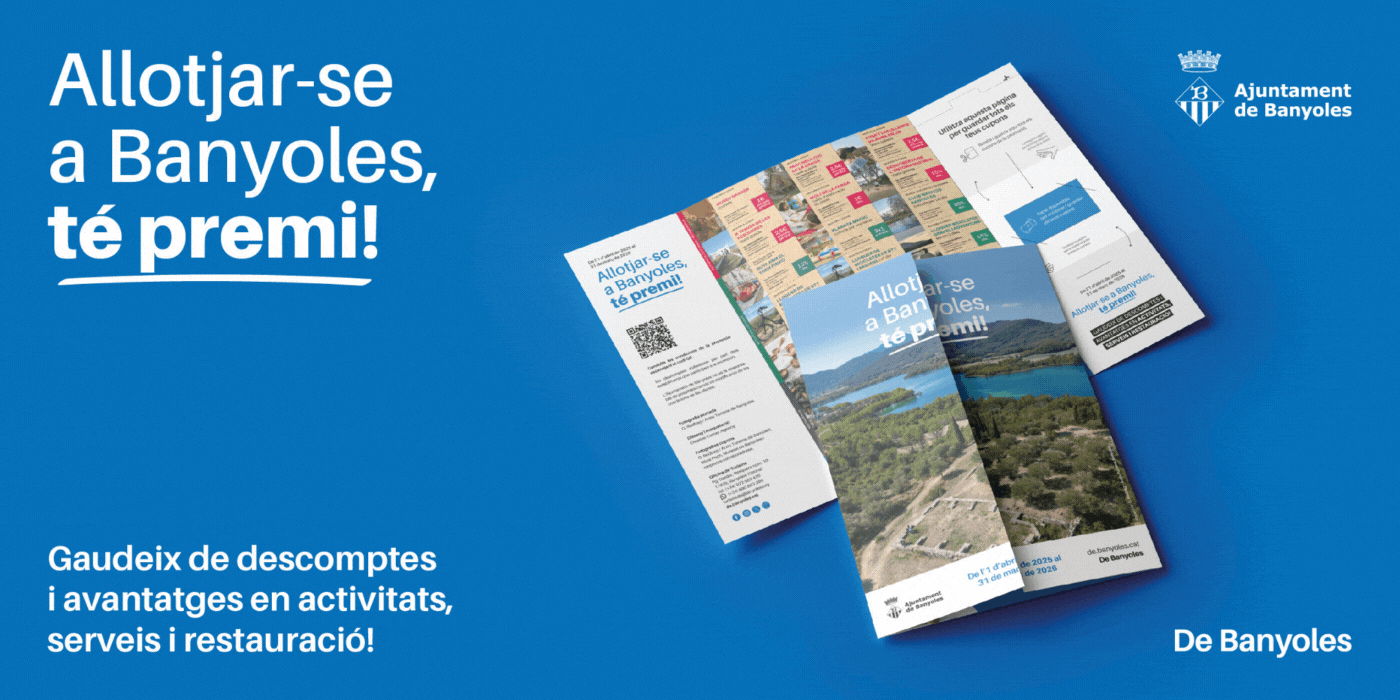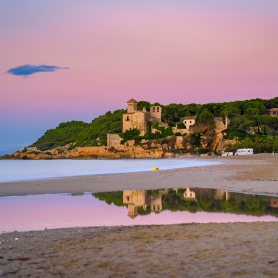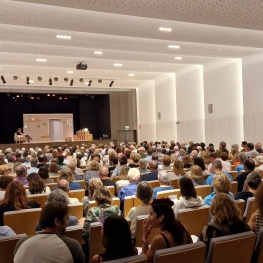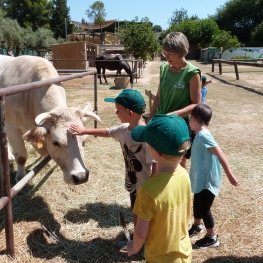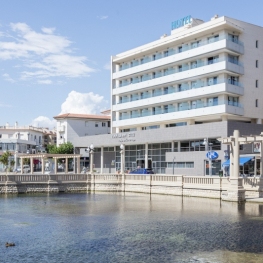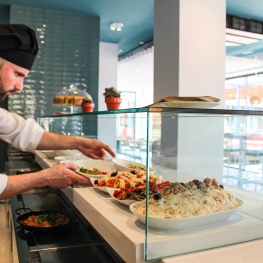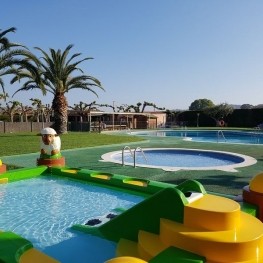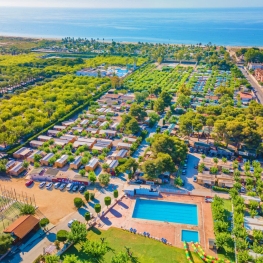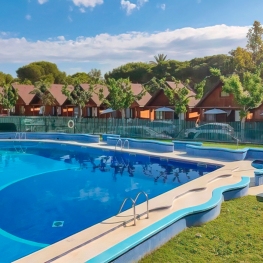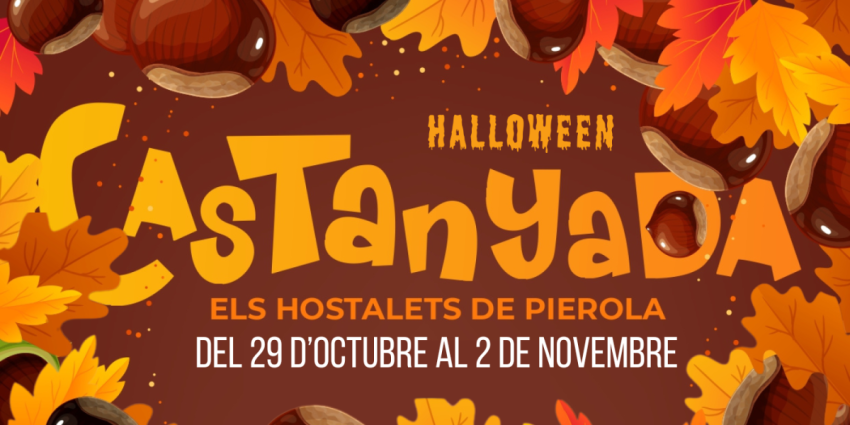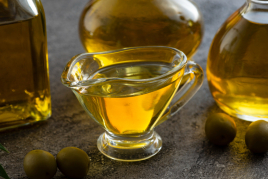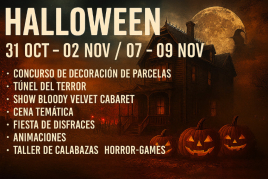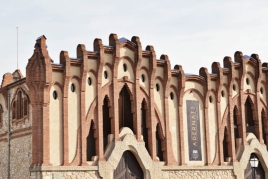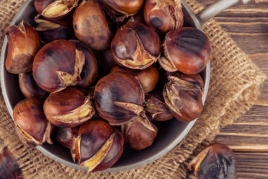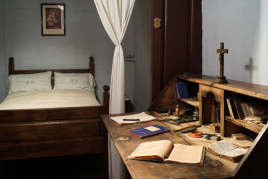Route of the Station and Mas de Nin in Roda de Berá
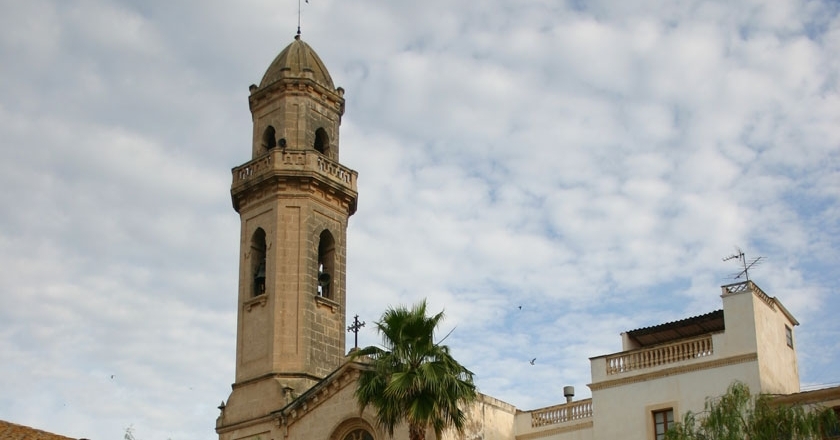
We propose a beautiful route to get to know the surroundings of Roda de Berà: La Estación and Mas de Nin.
From the Plaza de la Sardana in the Balsa de la Avenar
We start from the Plaza de la Sardana. We cross the Plaza de los Pinos until we reach the train track and then we take the street on the left to the square where the church of San Bartolomé is located. We go down the street of the church, one of the oldest streets in the municipality where you can admire some of the most emblematic doors of the term. At the end of the street, to the left, we come to the old public laundries (where today there is a fountain).
Behind the wall of the old porches of fault Gassó, we take the old road to Bonastre; To the right we find the exit of the old mine, which carried the water from Bonastre to the mills and from the mills in the Lord's garden. If we continue walking, on the right we will see the old textile factory. We go out to the new Bonastre road, in front of the oats industrial park. We cross the road, take the asphalt path (leaving the sawmill on the right) until we reach Calle de la Luz (the Disano factory will be on the left). Once we crossed the highway bridge, we found two specimens of hackberry trees. Next there is an almond farm in which there is a dry stone hut in very good condition.
On the right, there is a sign indicating the way to Mas de Nin. Following this path to the left, we will find the Lord's garden and, a little further on, the castle and the church of Creixell, which has a bell tower built by Jujol. To the far right, we see the old station, today converted into a restaurant and undergoing renovation by the AVE.
We continue until we reach the "Raft of the Avenar", a quarry stone raft, dating from 1802 with a well-preserved rake that, in addition to storing water, was also used as a laundry.
From the Raft of Avenar to the source of Mas de Nin
We go back 50 meters and take the path to the left. We cross the dry stream of Bonastre and follow the path through the olive grove, then we turn left and again pass parallel to the highway until we reach the paved road that connects Roda and Creixell inland. We turn right and cross the bridge, where we will find a crossroads that takes us directly to Mas de Nin. If we want to make an alternative path, we will continue to the left of the highway, where we will find the crossroads of Creixell, Roda and La Pobla de Montornés, we continue straight on towards Roda. On the right, before passing the bridge over the train track, we find the ruins of an old farmhouse called La Masieta. We cross the Lleida - Valls line road and at a point on the road that makes a double curve, we will find, on the left, an old quarry, from which the stone was extracted to build the water conduction work to Mas de Nin.
Next to the quarry there is a path that leads to the source of Mas de Nin, the only source of water in the term. The irrigation is in good condition and near the source we will find St. John's wort plants to heal the wounds.
From the source of Mas de Nin in the Plaza de la Sardana
We return the same way to the road and pass by the old house of the RENFE workers. There is an octagonal tower on which the water tank that supplied the locomotives is located. When we arrive at the old station we will see that in front there is an old refuge from the civil war. Continuing along the Mas de Nin path, we see the Cururull on the left, and at the foot of the mountain, a dry stone hut with a cistern next to it. We go under the train track and arrive at the farmhouse.
We access from behind and see the end of the water conduit, the raft and a mèdol or quarry in a circular shape from which stone was taken to build. Mas de Nin was the farmhouse of a large estate dated 1794. It has an attached medieval watchtower, also used as a defense tower for the farmhouse. It is a round tower 10 meters high, made with unworked stones. It consists of a solid ground floor, two floors and a terrace that communicates with the farmhouse on the first level. It is currently converted into a restaurant.
We return to Roda de Berá along the old road to Bonastre, passing through the sawmill and accessing Calle del Pozo, where there is Gassó, a manor house that received water from the orchards through a ditch that is still preserved and that crosses the Cal Llorenç stream.
Source: Town Hall of Roda de Berà
You may also be interested in: Guided tours of the towns and cities of Catalonia
What to do
Casal Auditori La Violeta
Altafulla (a 8.5 Km)Enjoy plays, concerts, monologues and cinema, among others, at the Casal Auditori…
Granja Escola Corral de Neri
El Catllar (a 12.4 Km)At the Farm you can take guided tours, celebrate traditional festivals, celebrate…
Hotel Balneari Platja de Comarruga
El Vendrell (a 5.7 Km)Spectacular resort located near the sea to enjoy the marine environment and…
Where to eat
Arena Tapas Restaurant
Salou (a 29.6 Km)Enjoy an innovative cuisine, with high-quality local products of proximity, with an…
Where to sleep
Càmping Trillas Spa Tamarit
Tarragona (a 10.1 Km)Its peaceful location, between the sea and the mountains, surrounded by various…
Camping Capfun Alba
Creixell (a 3 Km)Located on the Costa Daurada, 150m from the beaches, the Capfun Alba…
Càmping Arc de Barà
Roda de Berà (a 1.9 Km)Arc de Barà is a very family-friendly campsite 60 meters from the…
Hotel Balneari Platja de Comarruga
El Vendrell (a 5.7 Km)Spectacular resort located near the sea to enjoy the marine environment and…

